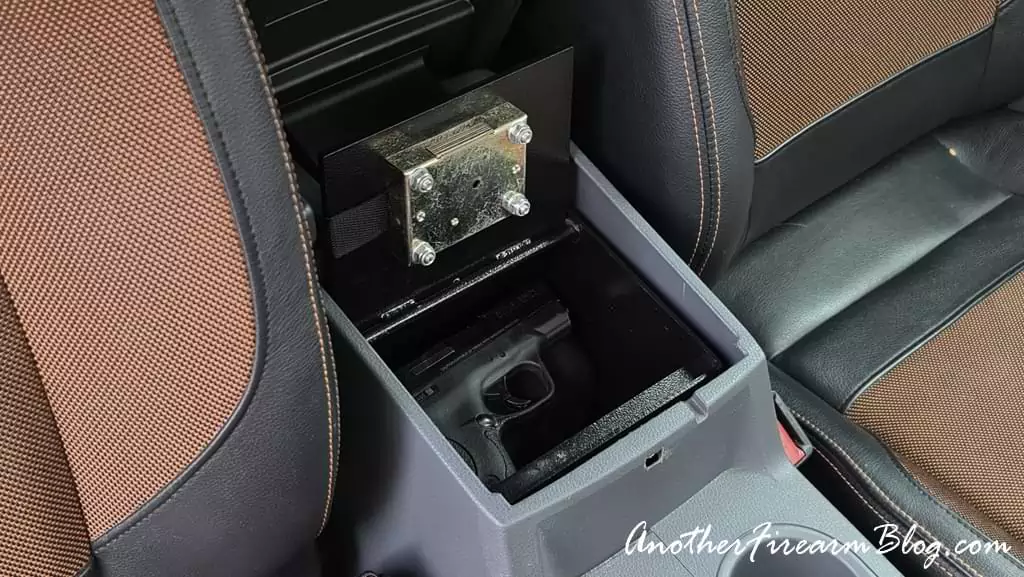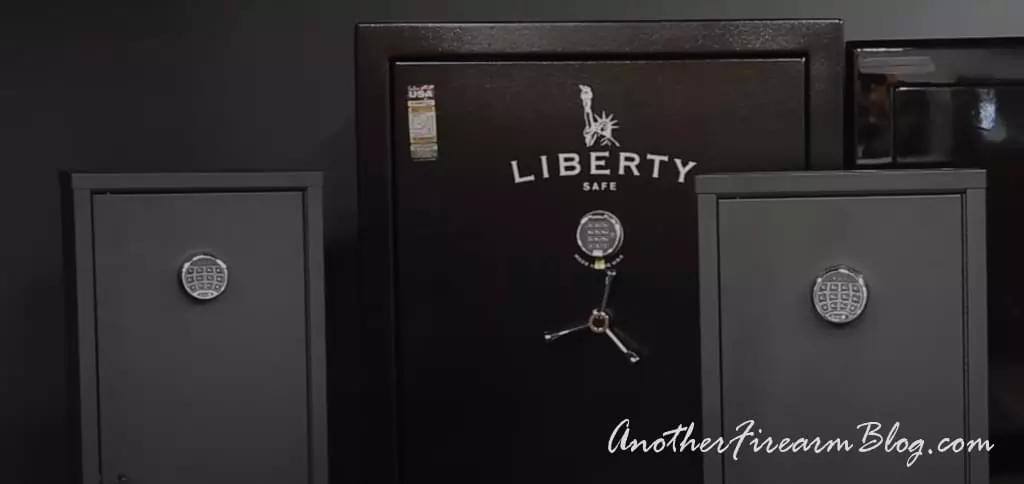When you apply for a firearm license, you must install a gun safe into your home. This is one of the legal requirements of being a firearm owner. You want to make sure that the safe is installed correctly before the firearms officer comes to inspect the installation. So before you start the process, let’s look at the actual laws to determine the gun safe requirements in South Africa?
According to SANS 953-1, a type B1 is a safe designed to store handguns and ammunition and must be mounted to a solid brick wall or concrete floor by at least two M10 x 80 anchor bolts. A type B2 is a safe designed for storing rifles and ammunition and should be mounted using at least four M10 x 80 anchor bolts.
Regarding the safe itself, as long as you buy a gun safe that is SANS 953-1 approved, and it is the correct type as set out in the SANS 953-1, you will know that it complies with the minimum required standard. Having said that, if you already own a safe, and would like to see if it is strong enough, then read on.
How thick (strong) must a gun safe be?
As I already mentioned, if you simply go to a hardware store and purchase a safe that is SABS approved as a gun safe under a type B category, then it will already comply with the minimum requirements as set out by the SABS. But, if you are given an old safe by grandpa or would like to build your own safe for some strange reason, these are the exact requirements of a gun safe in South Africa.
The SANS 953-1 states that any type B gun safe for storing firearms must have a wall thickness of at least 2.8mm and a door thickness of 5.75mm or thicker. The safe needs to have at least three 20mm thick locking bolts spaced at a maximum of 500mm away from each other.
Where should a gun safe be placed?
Gun safes aren’t as safe as you might think. A well-trained locksmith can get into a gun safe within minutes, so having an extra security measure is always welcomed. After all, a thief cant break into your safe if they can’t find your safe… So, where should you install a gun safe?
According to the SAPS, a gun safe needs to be installed in the firearm owner’s residence. No details are given as to exactly where it should be installed. However, it would be wise to have the safe installed out of sight. This is the second most crucial factor in preventing the theft of your firearm.
The Designated Firearms Officer can’t tell you where you should install the safe in your home, but common sense prevails here. Most people will hide their gun safe in a bedroom cupboard, and this is ideal because your master bedroom should be your safest room in the house. If you have a walk-in closet with a lockable door, this will be even better, especially if there are no windows.
| “A safe shall be affixed flush to the floor or wall (or preferably both) or other immovable structure or part thereof of a house, flat, residence or other dwelling place.“ – SANS 953-1, Part 4.6.2 Inside structures |
Your gun safe should be in the room you rendezvous to in case of a break-in or attack. Your last “fallback point”. You also want to make sure that the room that the safe is installed in has a beam connected to your alarm system as another layer of security.
When must a firearm and ammunition be stored in a safe?
Leaving a firearm unattended is dangerous and irresponsible. The Firearms Control Act deals with this issue very explicitly. When must a firearm or ammunition be stored in a gun safe according to the law?
According to the Firearms Control Act, when a firearm or ammunition is not under the direct control of the license holder, it must be stored in a gun safe that complies with SANS 953-1 or 2. You may not leave a firearm unattended, and you may not store a firearm with someone else without explicit permission in writing from the designated firearms officer.
| “When a firearm is not under the direct personal and physical control of a holder of a licence, authorisation or permit to possess the firearm, the firearm and its ammunition must be stored in a safe or strongroom that conforms to the prescripts of SABS Standard 953-1 and 953-2, unless otherwise specifically provided in these regulations.“ – Section 86 (1) Firearms Control Act, 2000 |
Can I store my firearm in my vehicle safe?
Being a firearm owner and going swimming is a real pain in the ass. Surfers also struggle with this? Where do you leave your firearm when out in the water? Are you supposed to leave it at home? This is a problem all firearm owners have to deal with, but what about vehicle gun sages? Can you store your firearm in your vehicle if it has a safe?
According to SANS 953-1, you’re allowed to store a firearm in a type B3 safe that’s bolted and concealed to the body of a vehicle that has an alarm and immobilizer installed. The safe must be installed by an approved installer, and the car must have an alarm and immobilizer installed.
A certificate must be obtained from the installer of the safe stating the date of installation, the installer’s name, address, and the vehicle’s registration, engine, and chassis number. It is important to note that the SANS 953-1 states that a firearm can only be temporarily stored in a type B3 vehicle safe, so I would advise against storing a firearm in a car for an extended period.

| “When a safe is installed in a vehicle is shall be affixed non-conspicuously to the floor of the vehicle, and the owner of the firearm shall obtain a certificate issued by the installer wherein the following particulars are specified: a) date of installation b) name and address of installer c) registration number, engine and chassis number and make of vehicle; and d) that the vehicle is equipped with an immobilizer“ – SANS 953:1, Part 4.6.3 – In vehicles |
Remember that a vehicle safe may only be used for the temporary storage of a firearm. It will not suffice as your permanent storage, so you will still need a proper gun safe in your home.
Conclusion
Becoming a gun owner in South Africa means that you will have to get a gun safe by law. Gun safes for individuals are categorized into type B safes, and type B safes are classified into three types.
Type B1 refers to a gun safe designed for handguns, and they have to be mounted to either a brick wall, or concrete floor, or both, by at least two M10 x 80 anchor bolts. A type B2 gun safe refers to a safe designed for rifles and needs to be fixed to a wall or floor, or both, by at least 4 M10x80 anchor bolts. Type B3 safes refer to safes mounted to vehicles and need to be installed by an approved installer to the vehicle’s body.
Safe walls need to be at least 2.8, thick and the door should be at least 5.75mm thick. The safe should be installed out of sight and in the room that you sleep in. However, the police do not specify where in your home the safe needs to be installed. Use your common sense here.
The Firearm Control Act explicitly states that if the firearm is not under your direct physical control, it must be stored in a safe. You may never leave a firearm unattended or in possession of another person without explicit written permission from the Designated Firearms Officer.
Some of these rules might seem a bit excessive for some, but they are there for a good reason, and I personally consider them common-sense principles. You are responsible for your firearm, and the last thing you want is for it to land up in the hands of a criminal.

Hunters traveling to Botswana through South Africa with no interline baggage transfer or overnighting in Johannesburg will be required to complete the South African firearm importation procedure. See the part about South African temporary firearm importation for further details.
Hi. Does the 20mm bolt lock apply for both type b1 and b2 category safes or does the 7 lever lock comply for Sans 953 on a type b1 safe?